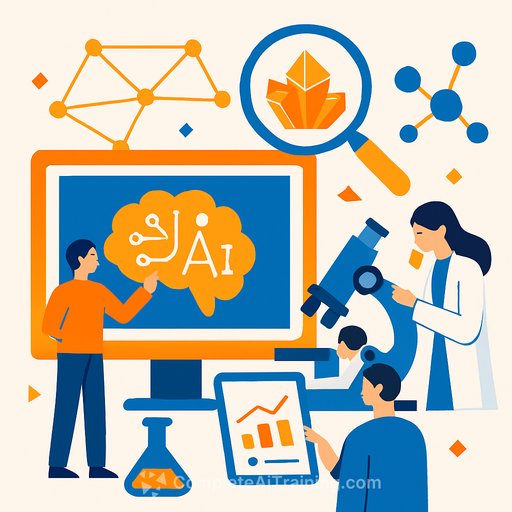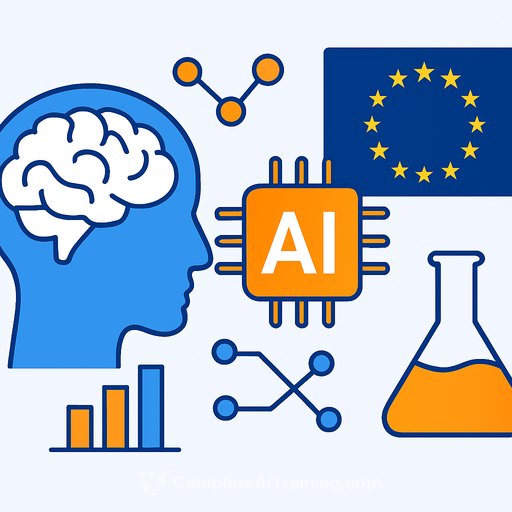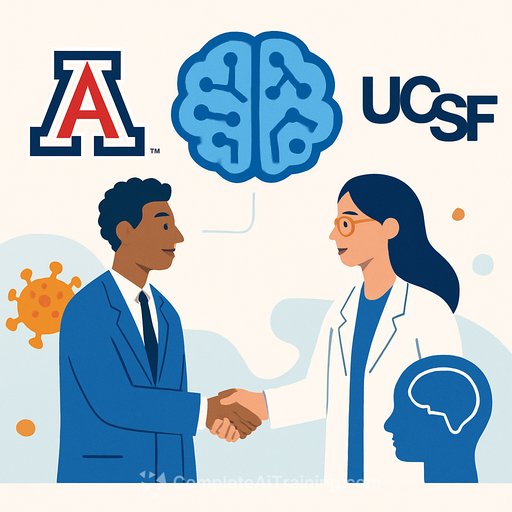AI Predicts Practical Applications for Newly Synthesized Materials
Each year, thousands of new materials are developed, yet many remain underutilized because their potential uses are unclear. Researchers at the University of Toronto have tackled this challenge by developing an artificial intelligence (AI) tool that predicts how a new material might perform in real-world applications immediately after synthesis.
The AI focuses on metal-organic frameworks (MOFs), a group of porous materials with adjustable properties and a broad range of possible uses. With over 5,000 new MOFs created in a single year, identifying the best applications for these materials is a significant hurdle.
Flipping the Question: From Material to Application
Traditionally, materials science seeks to find the best material for a given application. This new approach reverses the question: "What is the best application for this new material?" Instead of deciding what material to create next, the focus shifts to determining the most relevant evaluation for materials already synthesized.
MOFs can serve diverse roles—from separating CO2 in waste gases to targeted drug delivery and improving electronic devices. Sometimes, materials designed for one purpose perform exceptionally well in another, as demonstrated by a MOF initially created for photocatalysis but later found effective for carbon capture, seven years after its synthesis. The AI tool aims to shorten this time gap.
How the AI System Works
PhD student Sartaaj Khan developed a machine learning system that combines multiple data types available immediately after material synthesis—specifically, the precursor chemicals and powder X-ray diffraction (PXRD) patterns.
"Multimodality matters," Khan explains. "Like humans rely on multiple senses to understand the environment, combining chemical and structural data provides a fuller picture of the material."
The AI uses a pretraining strategy that interprets geometry and chemical environment simultaneously, enabling property predictions without needing detailed post-synthesis structural analysis. This accelerates discovery by highlighting promising materials before they are overlooked.
Testing the Model: A Time-Travel Experiment
The team trained the AI on materials data collected before 2017, then challenged it to assess materials synthesized afterward. The AI successfully identified several MOFs—originally developed for unrelated purposes—as strong candidates for carbon capture. Some of these predictions are now being experimentally validated with the National Research Council of Canada.
Future Integration with Automated Laboratories
The next step is incorporating this AI system into self-driving laboratories (SDLs) at the University of Toronto’s Acceleration Consortium. SDLs automate the design, synthesis, and testing of new materials.
When a new material is created, the AI could evaluate it and direct it to the most suitable lab for further testing. This seamless coordination across labs could speed up the identification of practical applications and the overall materials discovery process.
For researchers interested in exploring AI-driven tools and techniques for materials science and beyond, resources and training courses are available at Complete AI Training.
Your membership also unlocks:






